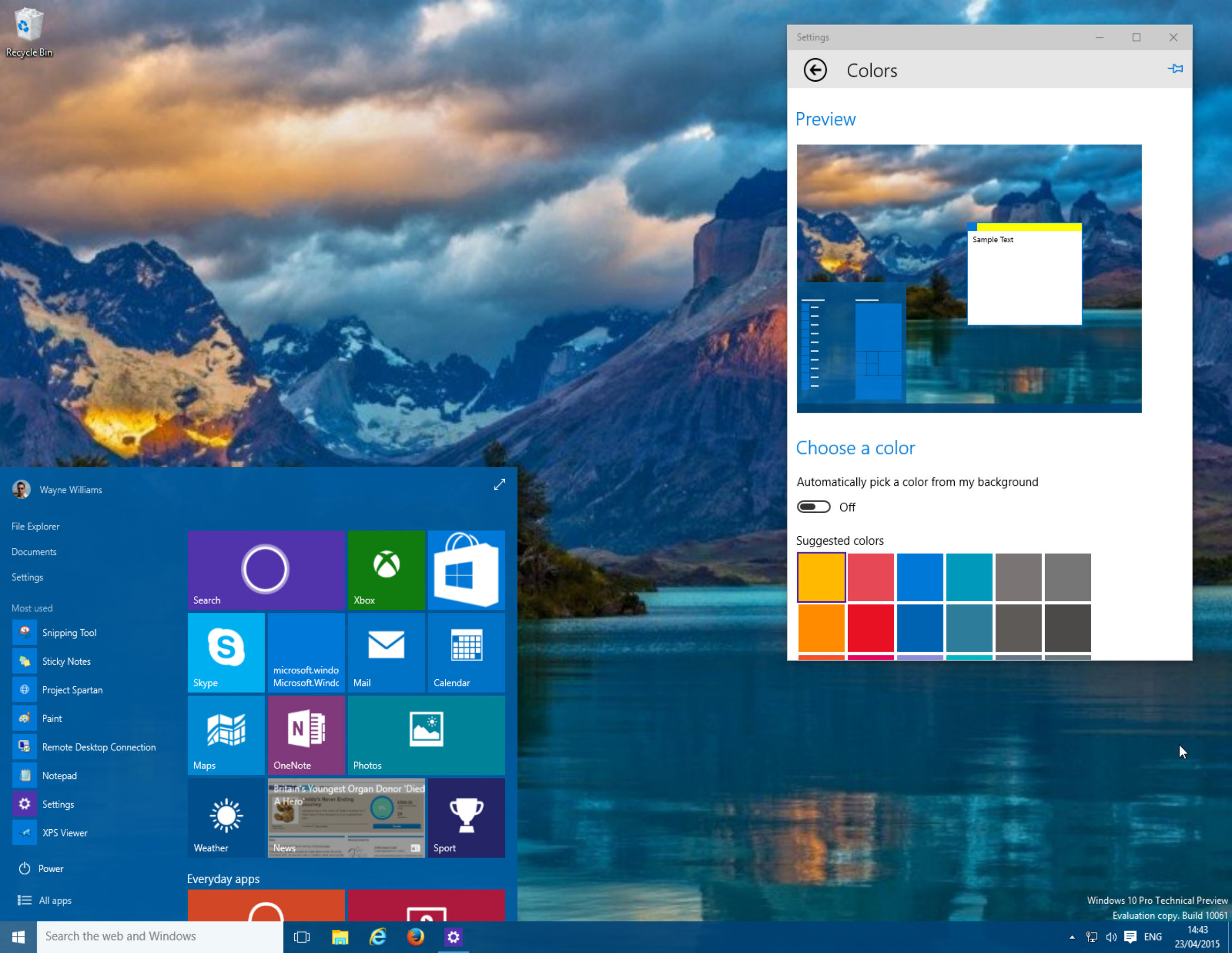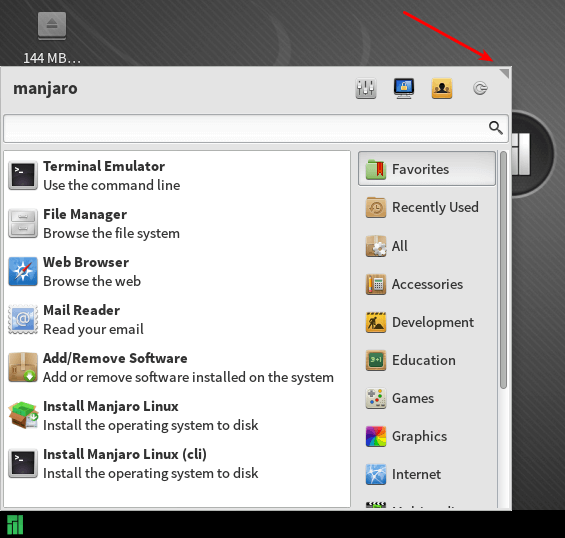

- #CUSTOMIZE WINDOWS 10 START MENU TASK SEQUENCE UPDATE#
- #CUSTOMIZE WINDOWS 10 START MENU TASK SEQUENCE CODE#
- #CUSTOMIZE WINDOWS 10 START MENU TASK SEQUENCE WINDOWS 8#
- #CUSTOMIZE WINDOWS 10 START MENU TASK SEQUENCE WINDOWS 7#
- #CUSTOMIZE WINDOWS 10 START MENU TASK SEQUENCE FREE#
User Config | Admin Templates | Start Menu and Taskbar | Start Screen LayoutĪnd is simply a UNC or local path to the XML file you have generated using Export-StartLayout. This is achievable through Group Policy or, alternatively, InTune. Apply a default layout that users cannot change at all However, what if you wanted to apply a Start Tiles layout that couldn’t be changed? Maybe for educational or kiosk areas? 2. This method also works for Windows Server 2016 as well in exactly the same way.
#CUSTOMIZE WINDOWS 10 START MENU TASK SEQUENCE FREE#
Once the initial layout is applied, the user is then free to change that as they wish. So for very simple situations, where you just want to apply a specific Start Tiles layout to every user that logs on to the Windows 10 machine, this method works well.
#CUSTOMIZE WINDOWS 10 START MENU TASK SEQUENCE CODE#
Essentially we are doing the same thing, exporting into the default profile, but we only need to use the one line of code 🙂 It actually imports the Start Layout XML into the default profile on the device, rather than the active user profile, which is why we aren’t using it here (it can also be used to import into a mounted WIM as well). Note that there is actually an Import-StartLayout cmdlet, but this doesn’t do what you’d expect.
#CUSTOMIZE WINDOWS 10 START MENU TASK SEQUENCE UPDATE#
You can then put this file in the relevant folder within the default profile in your image, or even deploy it (and update it) onto machines via a Group Policy File Preference such as that shown here:. You create the file by using the Export-StartLayout cmdlet from PowerShell, as shown in the example below:-Įxport-StartLayout -Path \\Path\To\Your\File.xml If you wish to override the DefaultLayouts.xml settings, you simply create the Start Tiles the way you want them to look, and then create an XML file called LayoutModification.xml which sits in the same folder as the DefaultLayouts.xml file.

This file can be updated by Microsoft, so that new users may get different things on their Start Tiles, dependent on who is paying Microsoft the most money at any particular period in time 🙂 The layout of the Start Tiles (the region on the right, as opposed to the Start Menu on the left) is controlled (in vanilla Windows 10) by a file in c:\Users\Default\AppData\Local\Microsoft\Windows\Shell called DefaultLayouts.xml. Apply a single default layout, and allow users to customize all of it.What we would like to do is customize this so that when users log on for the first time, they get useful shortcuts and pinned tiles instead of all of this cruft. Out of the box, a Windows 10 Start Menu would look like this on the Enterprise version:-Īside from being garish, most of the stuff appearing there is neither use nor ornament to an enterprise user. So for this article, let’s address how we can provide a customized layout to a user when they log on to a machine or session for the first time.

We will handle the first issue (customization of the default) in part #1, and the second issue (saving and persistence) in part #2. Saving and persisting the configuration of a user’s Start Menu and Tiles between sessions and devices.Providing customized default Start Menu/Tiles layouts to different groups of users, even those using the same devices.We are going to address two fundamental issues that come up a lot when speaking to members of the EUC community:. So we are going to do a write-up based around the management of the Start Menu and Start Tiles based around the Windows 10 and Server 2016 versions, fully patched as of. Additionally, the methods for managing this have also evolved. Originally, they utilized a database called vedatamodel.edb, but have now eschewed this in favour of a Registry and filesystem approach. Naturally, Microsoft have even evolved their approach to handling the Start Tiles area of the Start Menu further as Windows 10 feature updates have progressed. And in true Windows 10 fashion, we now have a mish-mash of the two, a combination of filesystem entries and the mysteries that compose the “Start Tiles”.
#CUSTOMIZE WINDOWS 10 START MENU TASK SEQUENCE WINDOWS 8#
Windows 8 introduced the “Start Screen”, which was handled by binary files called emdata-ms*, which made things infinitely harder.
#CUSTOMIZE WINDOWS 10 START MENU TASK SEQUENCE WINDOWS 7#
The management on Windows 7 was easy, because it was simply done with flat filesystem entries backed up by GPOs. ….followed by the “halfway house” between old and new that we now have in Windows 10/Server 2016. We all loved Windows 7/2008 R2…Īnd then came the abomination that was Windows 8/2012… Microsoft’s decision to remove the Start Menu in Windows 8 and 8.1 and then replace it with a hybrid of Start Menu and Live Tiles in Windows 10/Server 2016 remains a contentious maneouvre in the UI space. I feel like I’ve written tons of articles and delivered loads of presentations around this particular subject. Another subject that needs a “final word”.


 0 kommentar(er)
0 kommentar(er)
